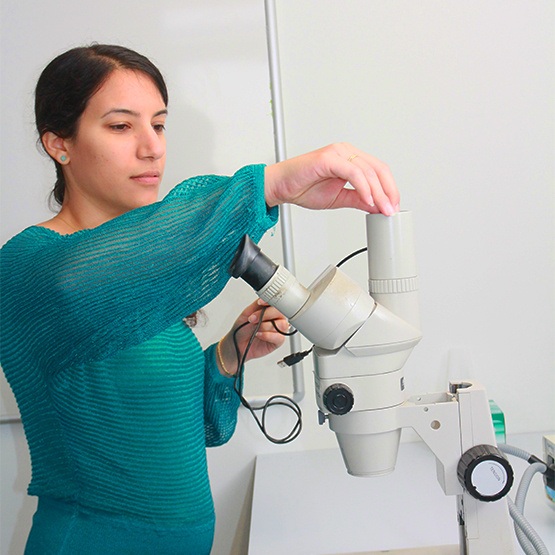
Toward Structure Determination of Rbt5, a Heme and Hemoglobin Receptor from Candida Albicans
Candida albicans is a pathogenic fungus. It can cause infections that range from superficial lesions of the skin and mucosa to invasive and life-threatening systemic infections, where the fungus is disseminated throughout the blood. Iron is crucial for the growth and proliferation of C. albicans. However, in the human host environment iron is not freely available but is bound to proteins. Therefore, this fungus has evolved several competitive uptake mechanisms for stealing iron from host’s sources.
albicansis able to utilize heme and hemoglobin as iron sources. This ability is largely dependent on the Rbt5 protein, an extracellular heme and hemoglobin receptor located on the cell wall. Rbt5 carries a conserved sequence motif called CFEM domain which is characterized by eight cysteine residues with conserved spacing. This domain was found to be essential for heme binding.
The goal of this work is to structurally characterize Rbt5 and its CFEM domain in particular as well as delineating the structural basis of heme binding by Rbt5. Since a protein’s function is closely linked with its three dimensional structure, obtaining structural information on Rbt5 may further elucidate its function in the process of heme extraction and uptake by the fungus.
In this research, we attempted to determine the three-dimensional structure of Rbt5 by X-ray crystallography. A multistep purification procedure for Rbt5 was developed to obtain pure and homogenous protein required for crystallization. Also, a promising crystallization condition was found during intensive crystallization experiments, but further work is needed in order to produce a single well diffracting crystal.
As an alternative to X- ray crystallography, computational tools were applied in order to get useful structural information. A homology model for Rbt5 was constructed based on the structure of Csa2, a close homologue of Rbt5 which also participates in the hemoglobin acquisition pathway. This model provides information about the structural basis of heme binding by Rbt5 . By examining the model, conclusions about the protein biochemistry were draw and insights into the protein function were suggested.


